
Tokyo, a city renowned for its vibrant food scene, offers a culinary adventure like no other. Whether you’re seeking street food or fine dining, the city provides a vast array of options for every palate and budget. This guide will help you navigate Tokyo’s diverse food offerings and recommend where to find the most authentic experiences. From casual street snacks to high-end cuisine, Tokyo is a food lover’s dream.
What to Eat and Where in Tokyo
Tokyo’s food scene can be overwhelming with the multitude of choices available. The key to enjoying a great meal lies in knowing where to go and what to order. To help you make the most of your dining experience, I’ve compiled a list of must-try dishes along with some fantastic restaurants to visit. These spots are known for their authentic, high-quality food and reasonable prices, offering a true taste of Tokyo.
While language barriers can sometimes be a challenge in Tokyo, the food often speaks for itself, so don’t be discouraged by places without English menus. Many spots, despite their humble appearances, serve exceptional food that locals swear by.
Must-Try Dishes in Tokyo
1. Takoyaki
A beloved street food, Takoyaki consists of dough balls filled with tender pieces of octopus, cooked on a special griddle. These tasty snacks are often topped with a variety of sauces, from soy sauce to mayonnaise, creating a savory bite that’s a must-try in Tokyo.
Where to Eat Takoyaki:
- Gindako (multiple locations)
- Fukuyoshi, Ginza
- Takoazabu, Omotesando
2. Yakitori
Yakitori are skewers of grilled chicken and vegetables, often enjoyed with a cold beer. Common types include chicken heart, chicken skin, and chicken meatballs, as well as vegetables like shishito peppers and onions. Whether enjoyed as a main meal or a snack, yakitori is a favorite in Tokyo.
Where to Eat Yakitori:
- Look for small yakitori shops throughout the city, particularly those with a local crowd.
3. Okonomiyaki
This savory pancake/omelet hybrid is made with a variety of ingredients like cabbage, pork belly, and shallots, then cooked on a hot plate and topped with a tangy sauce. There are regional variations, including the Tokyo-style Monjayaki, which is more brothy.
Where to Eat Okonomiyaki:
- Sometaro Okonomiyaki, Asakusa
4. Ramen
Ramen is a Japanese staple, consisting of long noodles served in a rich, simmered broth. Tokyo offers a variety of ramen styles, from the soy-based Shoyu to the creamy Tonkotsu. Ramen shops are scattered across the city, each offering their unique twist on this classic dish.
Where to Eat Ramen:
- Ramen Jiro (multiple locations)
- Ichiran (multiple locations)
- Mutekiya, Ikebukuro
5. Udon
Udon noodles are thicker than ramen and have a chewy texture. They can be served hot in a broth, cold with dipping sauce, or even grilled. Udon provides a hearty, satisfying meal that’s perfect for noodle lovers.
Where to Eat Udon:
- Shibuya Station area
- Jiyugaoka Station area
6. Miso Soup
Miso soup is a Japanese classic, made with a dashi broth and miso paste. It’s light yet full of umami flavor and is often enjoyed at any meal time.
Where to Eat Miso Soup:
- Katsukura, Shibuya
- Tonkatsu Tonki, Meguro
7. Soba
Soba noodles, made from buckwheat flour, are often served cold with a dipping sauce or in a hot soup. They are a light and healthy option that pairs wonderfully with tempura.
Where to Eat Soba:
- Narutomi Soba, Ginza
- Kanda Matsuya, Asakusa
8. Sushi and Sashimi
No trip to Tokyo is complete without sushi and sashimi. The city is known for its high-quality seafood, prepared with meticulous attention to detail. Whether you’re looking for an affordable conveyor belt sushi restaurant or a high-end sushi experience, Tokyo has it all.
Where to Eat Sushi and Sashimi:
- Tokyo Fish Market
- Genki Sushi (multiple locations)
9. Tonkatsu
Tonkatsu is a breaded and deep-fried pork cutlet, served with shredded cabbage, rice, and tonkatsu sauce. Despite being fried, it’s surprisingly light and flavorful.
Where to Eat Tonkatsu:
- Tonkatsu Aoki, Hamamatsucho
10. Unagi
Grilled freshwater eel, coated in a sweet soy-based sauce, is a Tokyo delicacy. Whether served over rice (unadon) or as sushi, unagi offers a rich, smoky flavor that’s hard to resist.
Where to Eat Unagi:
- Tokyo Fish Market
Sweet Treats and Snacks
1. Crepes
Japanese crepes are a popular snack, especially in the Harajuku area. These thin, crispy treats are filled with an array of delicious options, from whipped cream and fresh fruit to savory fillings.
Where to Eat Crepes:
- Harajuku
2. Mochi
Mochi is a sticky rice paste dessert that’s chewy and can be filled with various fillings, such as sweet red bean paste or matcha. Freshly made mochi is a delightful experience.
Where to Eat Mochi:
- Gekkou, Ikebukuro
3. Dango
These chewy rice flour balls are often skewered and served with a sweet soy sauce. Dango is a popular street snack and perfect for a quick treat while exploring Tokyo.
Where to Eat Dango:
- Various markets and street stalls
4. Taiyaki
Taiyaki are fish-shaped cakes filled with sweet fillings like red bean paste or custard. Their playful shape and sweet flavors make them a fun snack to try.
Where to Eat Taiyaki:
- Street food stalls
5. Melonpan
This sweet bread has a crunchy, sugary crust and a soft, fluffy interior. Often found with whipped cream or ice cream, melonpan is a must-try snack.
Where to Eat Melonpan:
- Asakusa
Fine Dining Experience: Kaiseki
Kaiseki is a traditional Japanese multi-course meal that showcases the artistry of Japanese cuisine. It involves a series of small, delicate dishes that focus on seasonal ingredients and perfect presentation. While Kaiseki originates in Kyoto, it’s also available in select Tokyo restaurants, offering an exceptional culinary experience.
Where to Eat Kaiseki:
- Akasaka Eigetsu, Akasaka
- Aoyama Gato, Harajuku
Finding Local Dining Gems in Tokyo
To discover the best local restaurants in Tokyo, look for spots with long queues—these places are often packed with locals and offer some of the best meals in town. Also, using tools like Google Maps and asking locals for recommendations will help you uncover hidden food treasures.
Tokyo’s food scene is incredibly diverse, and with a little guidance, you can explore the city like a true local, savoring each authentic dish along the way.









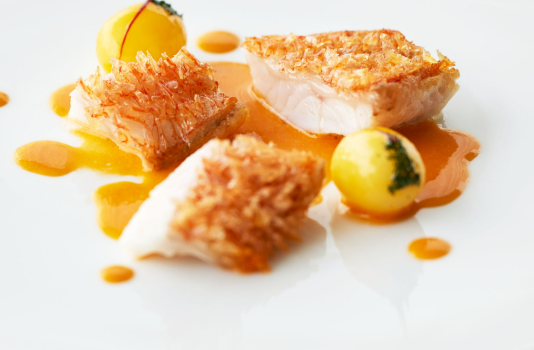
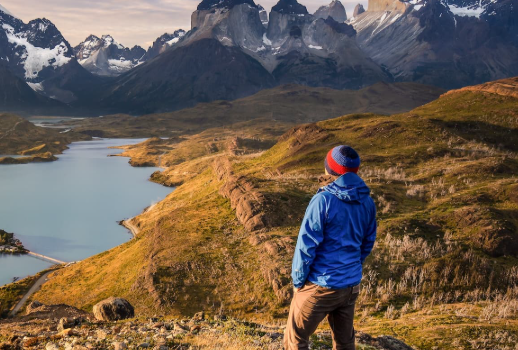
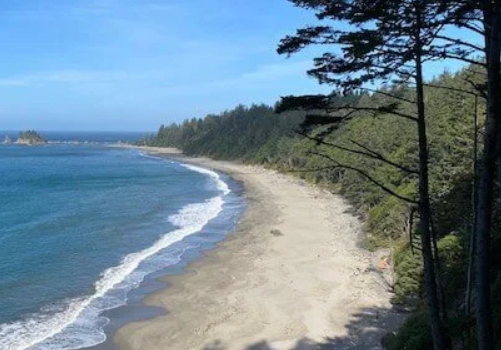


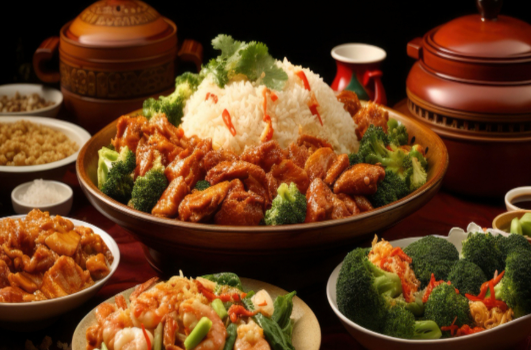
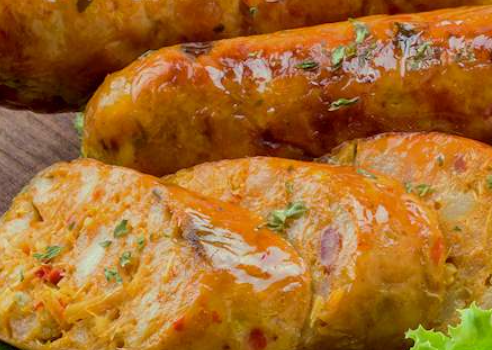
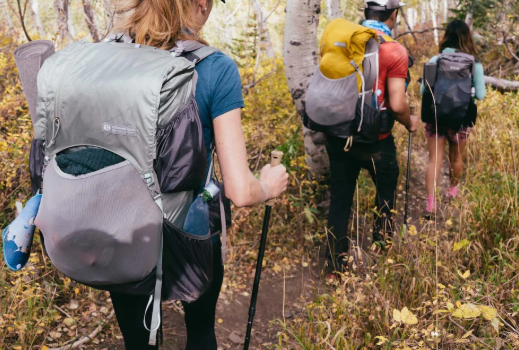
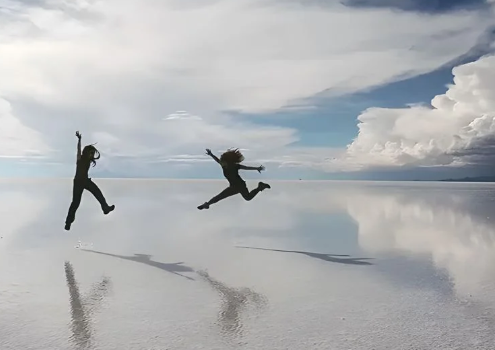
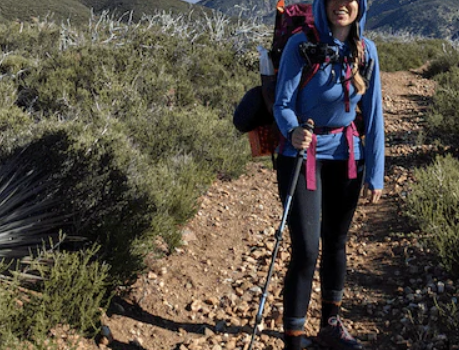

Comments